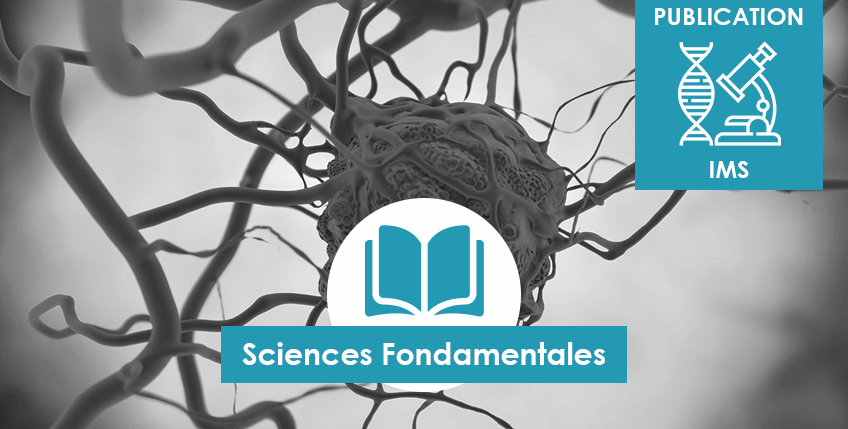High-Grade Soft-Tissue Sarcomas: Can Optimizing Dynamic Contrast-Enhanced MRI Postprocessing Improve Prognostic Radiomics Models?
Journal of magnetic resonance imaging (JMRI), jan 2020
Crombé A, Fadli D, Buy X, Italiano A, Saut O, Kind M.
doi : 10.1002/jmri.27040
https://www.ncbi.nlm.nih.gov/pubmed/31922323
Abstract
BACKGROUND:
Heterogeneity on pretreatment dynamic contrast-enhanced (DCE)-MRI of sarcomas may be prognostic, but the best technique to capture this characteristic remains unknown.
PURPOSE:
To investigate the best method to extract prognostic data from baseline DCE-MRI.
STUDY TYPE:
Retrospective, single-center.
POPULATION:
Fifty consecutive uniformly-treated adults with nonmetastatic high-grade sarcomas.
FIELD STRENGTH/SEQUENCE:
1.5T; T2 -weighted-imaging, fat-suppressed fast spoiled gradient echo DCE-MRI.
ASSESSMENT:
Ninety-two radiomics features (RFs) were extracted at each DCE-MRI phase (11, from t = 0-88 sec). Relative changes in RFs (rRFs) since the acquisition baseline were calculated (11 × 92 rRFs). Curves of rRF as function of time postinjection were integrated (92 integrated-rRFs [irRFs]). Ktrans and area under the time-intensity curve at 88-sec parametric maps were computed and 2 × 92 parametric-RFs (pRFs) were extracted. Five DCE-MRI-based radiomics models were built on: an RFs subset (32 sec, 64 sec, 88 sec); all rRFs; all irRFs; and all pRFs. Two models were elaborated as reference, on: conventional radiological features; and T2 -WI RFs.
STATISTICAL TESTS:
A common machine-learning approach was applied to radiomics models. Features with P < 0.05 at univariate analysis were entered in a LASSO-penalized Cox regression including bootstrapped 10-fold cross-validation. The resulting radiomics scores (RScores) were dichotomized per their median and entered in multivariate Cox models for predicting metastatic relapse-free survival. Models were compared with integrative area under the curve (AUC) and concordance index.
RESULTS:
Only dichotomized RScores from models based on rRFs subset, all rRFS and irRFS correlated with prognostic (P = 0.0107-0.0377). The models including all rRFs and irRFs had the highest c-index (0.83), followed by the radiological model. The radiological model had the highest integrative AUC (0.87), followed by models including all rRFs and irRFs. The radiological and full rRFs models were significantly better than the T2 -based radiomics model (P = 0.02).
DATA CONCLUSION:
The initial DCE-MRI of STS contains prognostic information. It seems more relevant to make predictions on rRFs instead of pRFs. Evidence Level: 3 Technical Efficacy: 3 J. Magn. Reson. Imaging 2020.
© 2020 International Society for Magnetic Resonance in Medicine.
KEYWORDS:
DCE-MRI; machine-learning; radiomics; response evaluation; soft-tissue sarcoma; survival analysis




